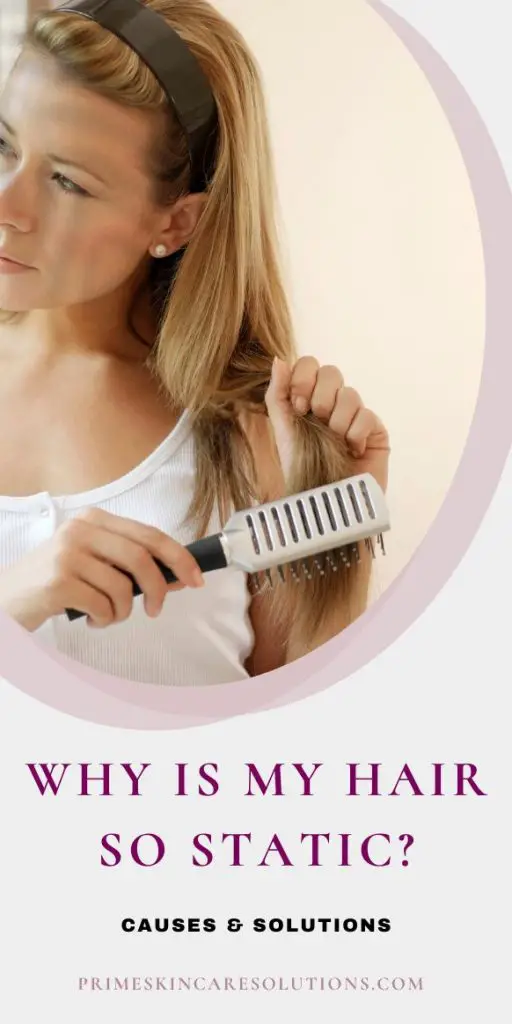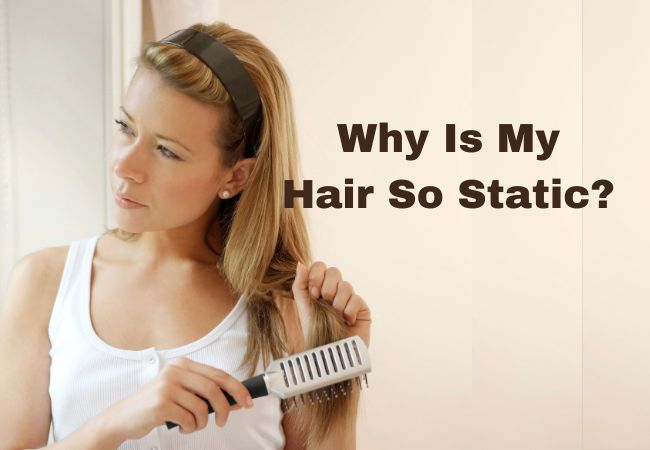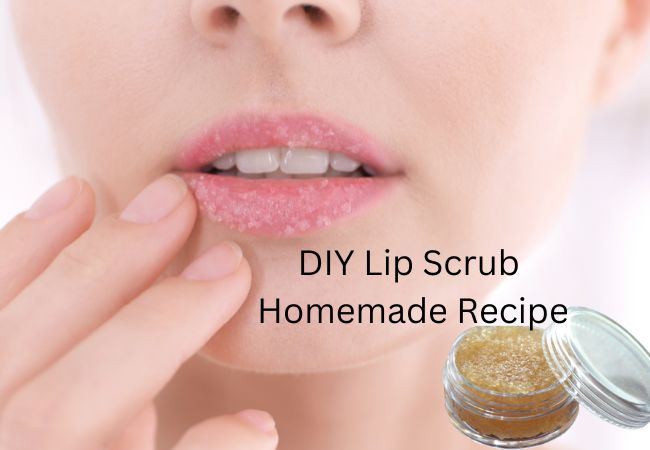Wondering why your hair is so static, these are causes and solutions. Static hair is a common and frustrating issue experienced by many individuals. It often leaves us with unruly locks that seem to have a mind of their own.
Why Is My Hair So Static?
Understanding the causes of hair static and adopting effective strategies to manage it are essential aspects of maintaining healthy and manageable hair.
In this post, I will look at why hair gets static and explore practical tips to keep those static strands in check.
Hair Static
Hair static occurs when individual hairs carry a positive or negative electrical charge, causing them to repel each other.
This phenomenon is especially prevalent during dry weather or low-humidity conditions, leaving hair with an electrifying effect.
While static hair is usually harmless, it can be an annoyance and affect one’s overall appearance and confidence.
To comprehend why hair becomes static, we first need to understand the basics of static electricity.
Static electricity is created when certain materials rub against each other, causing the transfer of electrons.
This transfer results in an imbalance of positive and negative charges on the surfaces, leading to static cling or, in the case of hair, static electricity.
Hair is made up of various components, including proteins, water, and oils, which can hold an electric charge.
When these charged hair strands repel each other, they stand apart, creating the characteristic flyaway and static effect.
Causes of Hair Static
Several factors contribute to the occurrence of hair static:
Environmental Factors
Low Humidity Levels: During dry weather or in environments with low humidity, there is no moisture in the air. Hair readily picks up an electrical charge in such conditions, leading to static.
Dry or Cold Weather: Cold weather and indoor heating systems can strip the air of moisture, leaving hair susceptible to static buildup.
Hair Type and Condition
Porosity: Highly porous hair tends to absorb and lose moisture more quickly, making it more susceptible to static electricity, particularly in dry environments.
Damage and Split Ends: Damaged hair, especially with split ends, is more likely to generate static due to its weakened structure and inability to retain moisture effectively.
Hair Care Routines and Products
Overuse of Heat Styling Tools: Excessive use of flat irons, curling wands, and blow dryers can strip hair of its natural oils and moisture, making it prone to static.
Use of Harsh Shampoos and Conditioners: Products containing harsh chemicals can strip the hair of its natural oils, leaving it dry and more susceptible to static.
Lack of Proper Moisturization: Insufficient moisturization through conditioning and deep treatments can cause the hair to become dry and prone to static.
Tips for Managing Hair Static
Managing static hair involves implementing changes to reduce the factors that contribute to static buildup and enhance hair moisture. Here are some practical tips to keep static at bay:
Humidify the Environment
Use Humidifiers: Invest in humidifiers to add moisture to the air, especially during dry seasons.
Place Water Bowls Around the House: Placing water-filled bowls near heat sources can help increase the humidity in the air and reduce static.
Adjust the Hair Care Routine
Use a Moisturizing Shampoo and Conditioner: Opt for products specifically formulated to add moisture and hydration to your hair.
Apply Leave-in Conditioner or Hair Oil: Applying a leave-in conditioner or a small amount of hair oil can help tame flyaways and reduce static.
Utilize Anti-static Products and Remedies
Anti-static Hair Sprays: Use anti-static hair sprays that are designed to reduce static and keep hair smooth.
Dryer Sheets and Fabric Softeners: Lightly rub a dryer sheet or a fabric softener over your hair to neutralize static.
Modify Hairstyling Techniques
Avoid Excessive Brushing or Combing: Brushing or combing your hair excessively can create friction and contribute to static. Opt for minimal brushing to reduce the charge.
Use a Wooden or Natural Bristle Brush: Natural bristle brushes can help distribute natural oils and minimize static.
Opt for Hairstyles that Minimize Friction and Static: Hairstyles like braids or buns can help keep hair together and minimize friction that leads to static.
Additional Tips for Long-term Prevention
Regular Trims to Prevent Split Ends
Regular trims every 6-8 weeks can help prevent split ends, reducing the likelihood of static hair.
Deep Conditioning Treatments
Incorporate deep conditioning treatments into your hair care routine to maintain optimal moisture levels in your hair.
Protective Hairstyles
Consider protective hairstyles like buns or braids, which help keep hair contained and protected from environmental factors that cause static.
Proper Diet and Hydration for Healthy Hair
Ensure you’re consuming a well-balanced diet and staying properly hydrated, as nutrition plays a crucial role in maintaining healthy hair.
Final Thoughts
I find that having static hair can be annoying. However, by arming yourself with knowledge about its causes and effective management strategies, you can keep those unruly strands in check.
By making small adjustments to your hair care routine and environment, you can minimize static and maintain healthier, more manageable hair.
I hope this post on why is my hair so static was helpful and you have some practical steps that you can begin implementing immediately. Follow me on Beautythings Pinterest for more awesome hair care posts.








